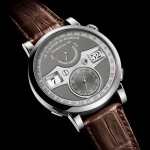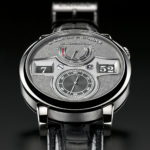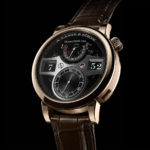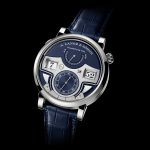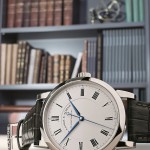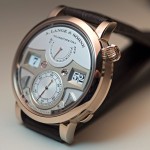Hands On: A. Lange & Söhne Zeitwerk Date in Pink Gold
A new look for an outstanding technical creation.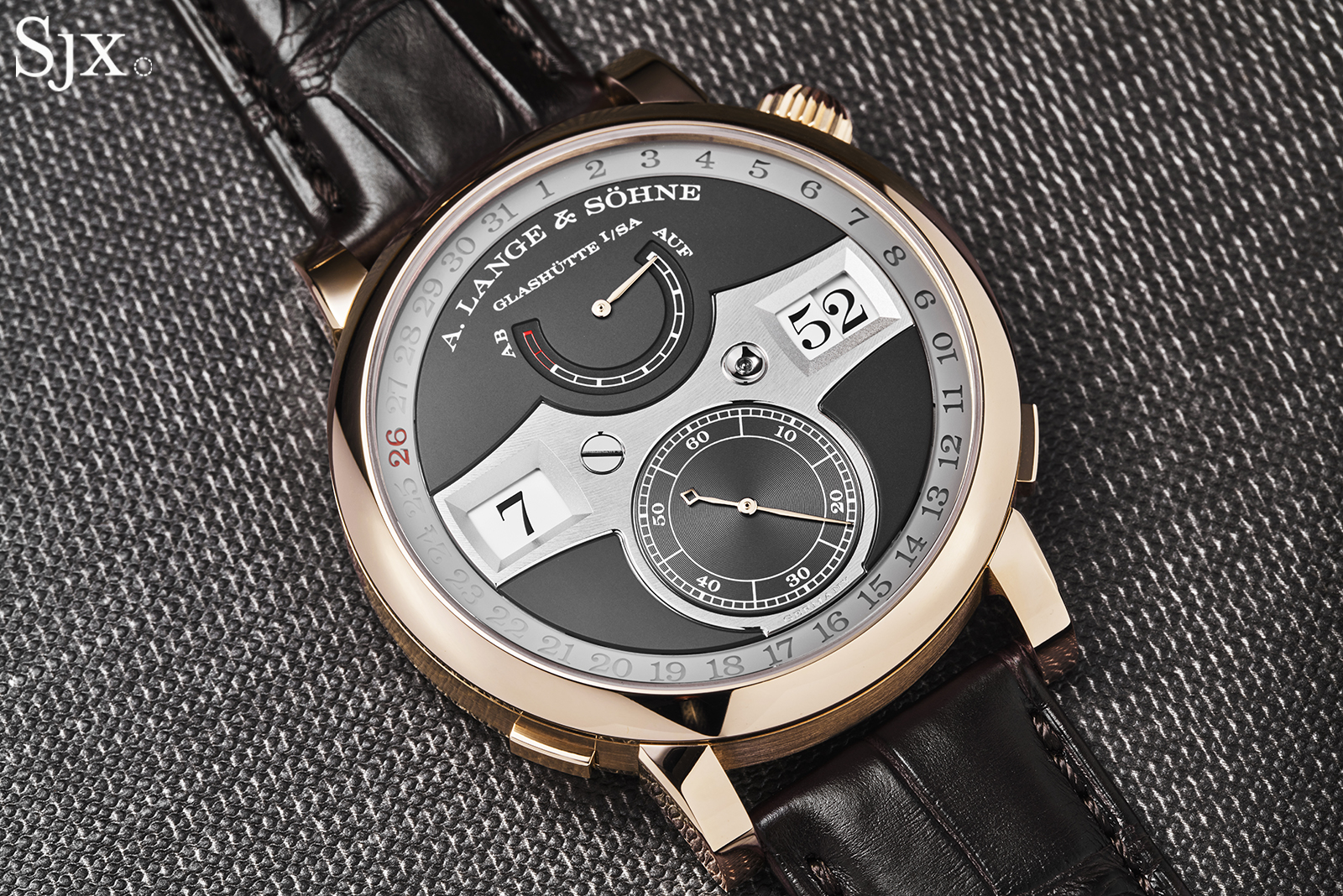
A. Lange & Söhne refreshes its arguably most avant-garde collection with the Zeitwerk Date in pink gold matched with a dark grey dial. The new Zeitwerk Date joins the existing model in white gold as a regular production model, and retains the L043.8 movement featuring the signature digital time display driven by a constant force mechanism.
The Zeitwerk Date is one of Lange’s simplest watches in terms of information displayed – just the time and date – but stands out as one of the brand’s most technically complex creations. Despite the low volume of production and esoteric mechanics, the Zeitwerk is also one of Lange’s most iconic models, alongside the Lange 1 and Datograph, thanks to its striking design that departs from the usual aesthetics of the normally staid brand.
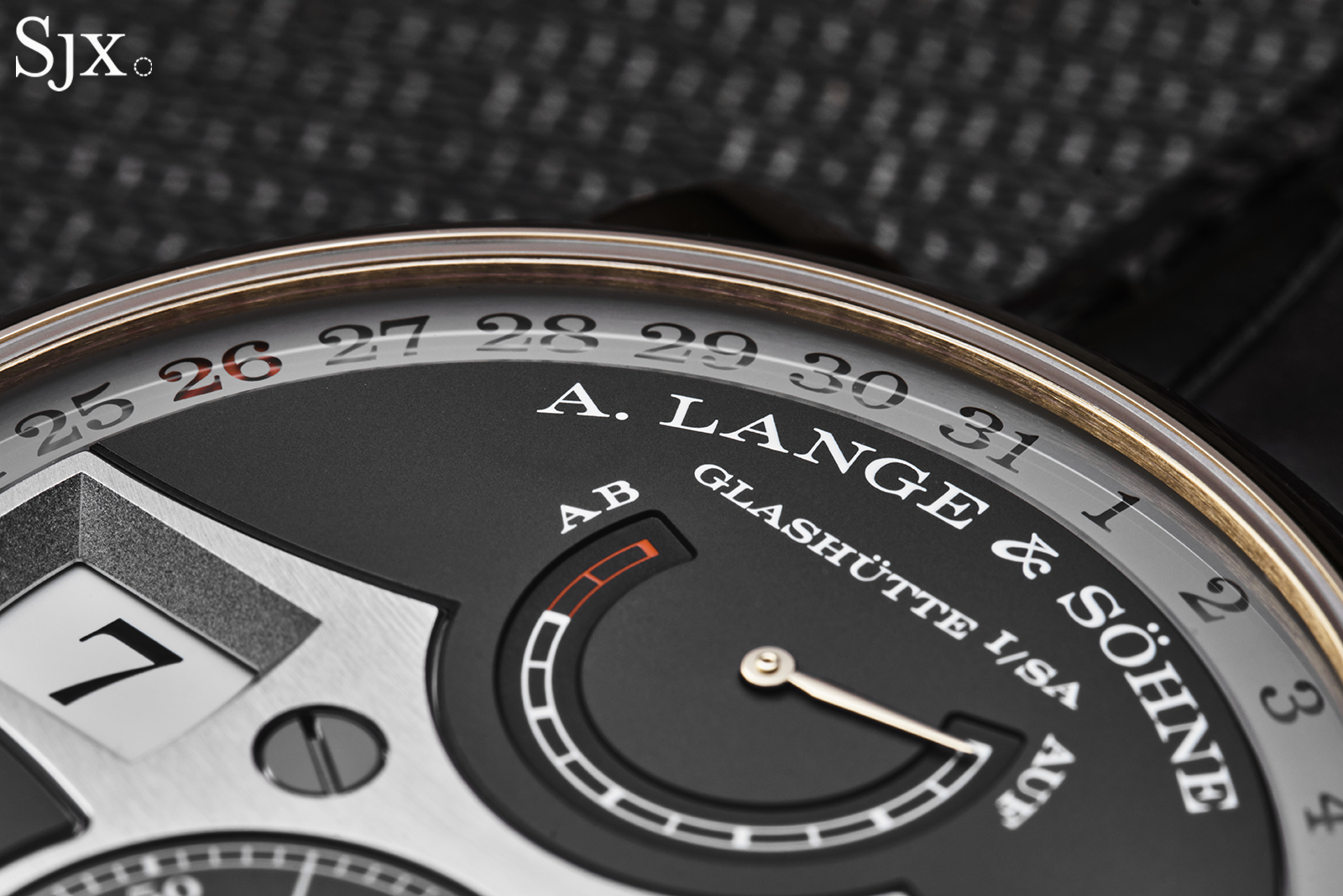
Initial Thoughts
While the original Zeitwerk Date in white gold was the first of the second-generation Zeitwerk, bringing with it sweeping changes to the Zeitwerk movement, the new model is stylistic variation that serves to fill a gap in the collection. It offers more choice (actually just a binary choice) for someone looking for a Zeitwerk that is more complex than the base model, but not ready to go all the way to the Zeitwerk Minute Repeater that costs five times as much.

The original Zeitwerk Date was a good, perhaps even great, watch inside and out, and this is too – though it could probably could have come a little sooner. It’s still a large watch, but the bulk is easy to justify considering what is inside. In fact, the Zeitwerk Date remains the most compact complicated Zeitwerk.
And the Zeitwerk is already much, much more than a time-only watch. Its simple display belies the complexity of the movement. The L043.8 movement inside the Zeitwerk Date has over 500 parts, almost 100 more than the Datograph’s L951.
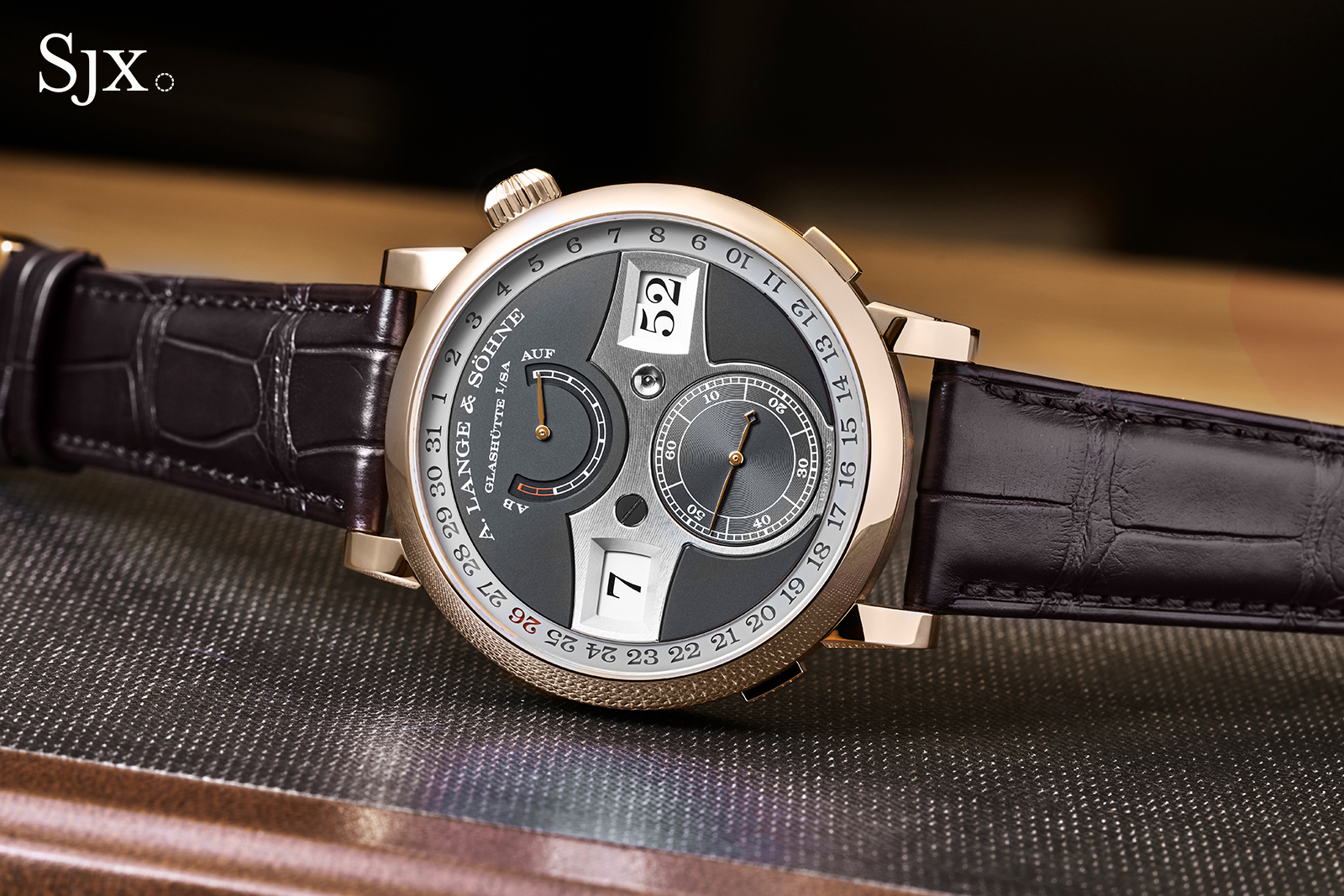
Lange continues to obfuscate its retail prices for high-end models, but this should be around the same as the white gold model, which is US$132,000. It is a six-figure price tag, but in the context of the overall market, the cost isn’t exorbitant considering the complexity and sophistication of the Zeitwerk movement.
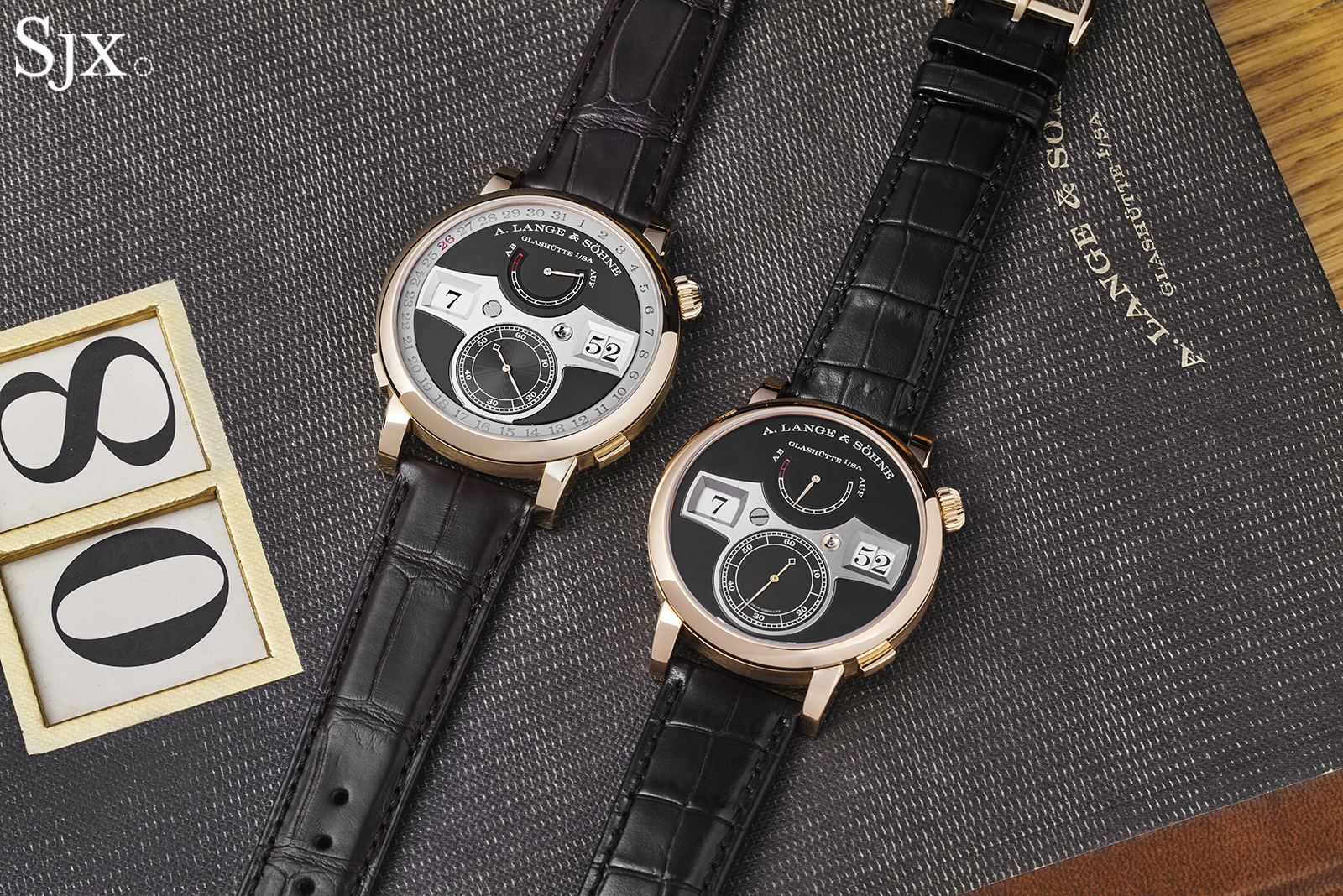
The Zeitwerk Date and the base model
Date mechanics
In typical Lange fashion, the date is not merely an ordinary date indicator. The Zeitwerk Date adds a printed glass calendar ring around the dial; this ring is fixed and carries transparent date numbers against a pale grey background. Under the glass ring rides another rotating ring with a red accent that indicates the date, reminiscent of another German brand.
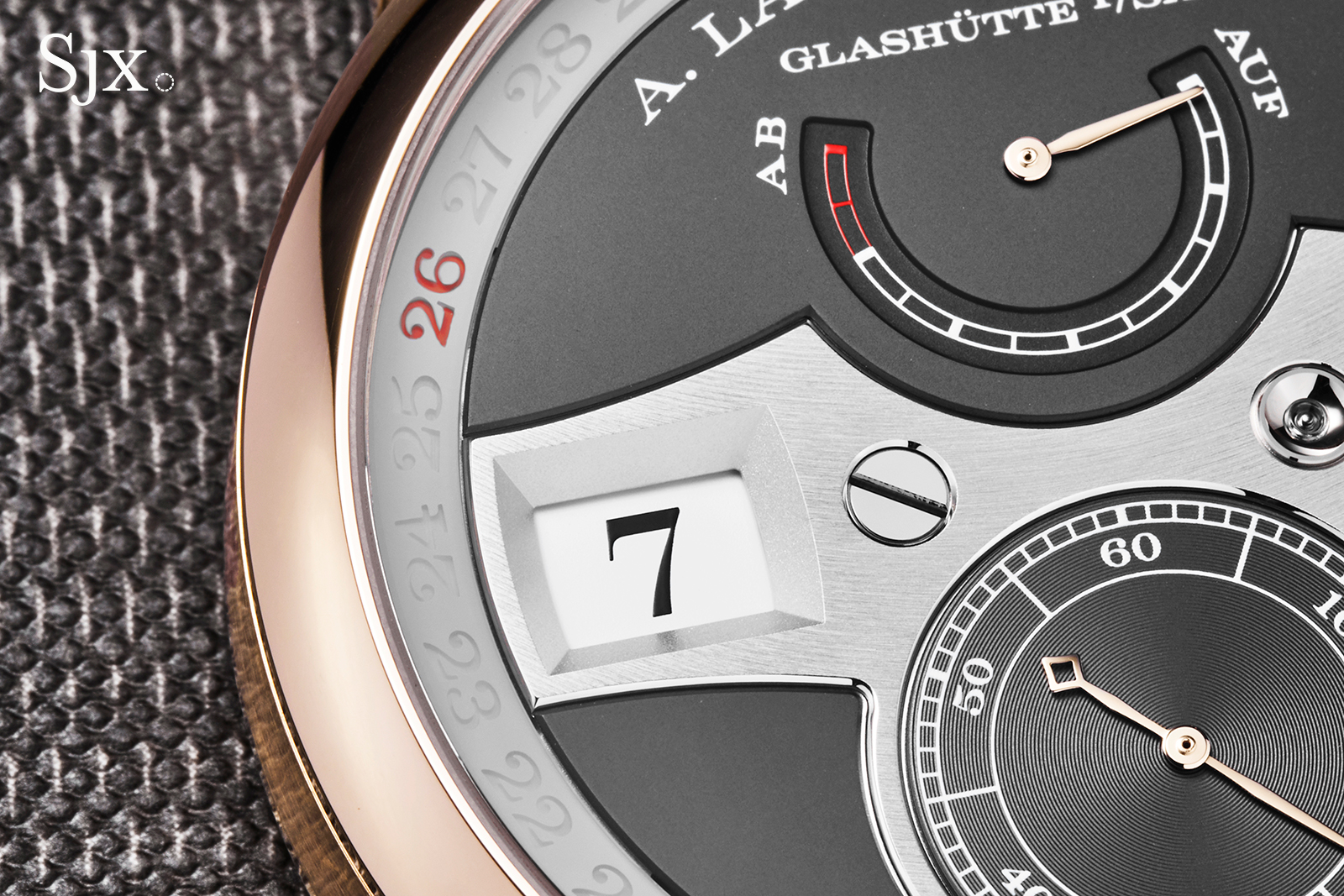
Though simple and functional on its face, the calendar is more involved than it looks, adding 65 parts to the movement over the normal Zeitwerk. This is because the calendar is even more unusual technically than aesthetically.
Naturally, the date jumps instantaneously at midnight, matching the precise jumps of the time display. The mechanism employed is similar to the instantaneous minute totaliser on the Datograph, using a snail shaped cam to store energy before releasing it in an instant to move the date indicator ring.
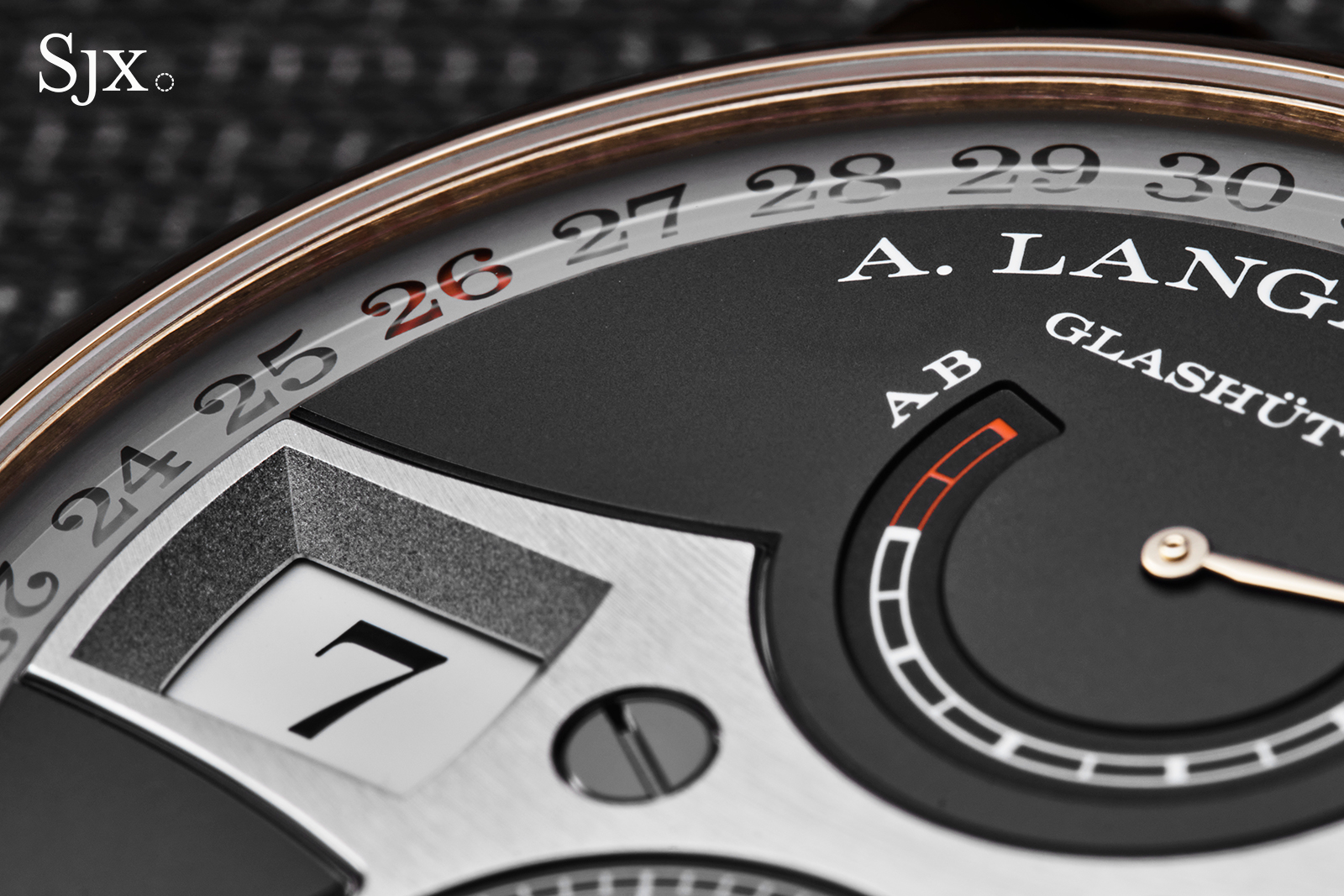
Even setting the date calls for an innovative mechanism. The date is advanced by the pusher at eight o’clock, but it jumps the date ring when released, instead of when it is depressed as is the norm in watchmaking. This “all-or-nothing” mechanism relies on a spring to advance the date, instead of a pusher lever. It was devised due to the limited space inside the movement – the Zeitwerk Date is not that much thicker than the original – and to make setting more reliable.
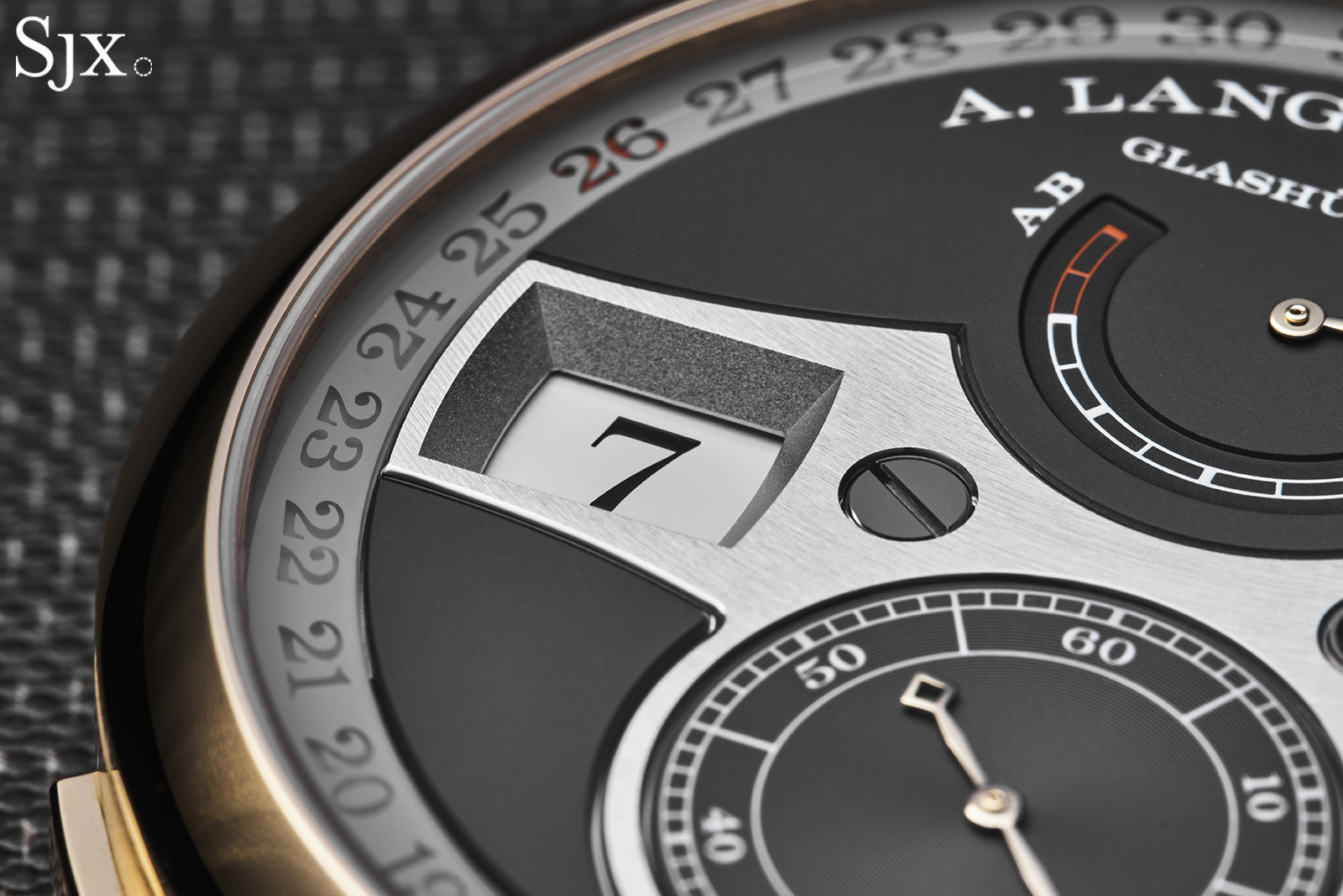
While the frontal view is clean and focused, the back reveals the intricacies of the L043.8. As with all Zeitwerk models, the delicately figured steel bridge for the remontoir is first to catch the eye. Underneath the bridge is the constant force mechanism responsible for the jumping displays that unlocks once per minute, releasing a burst of power to advance the disks.
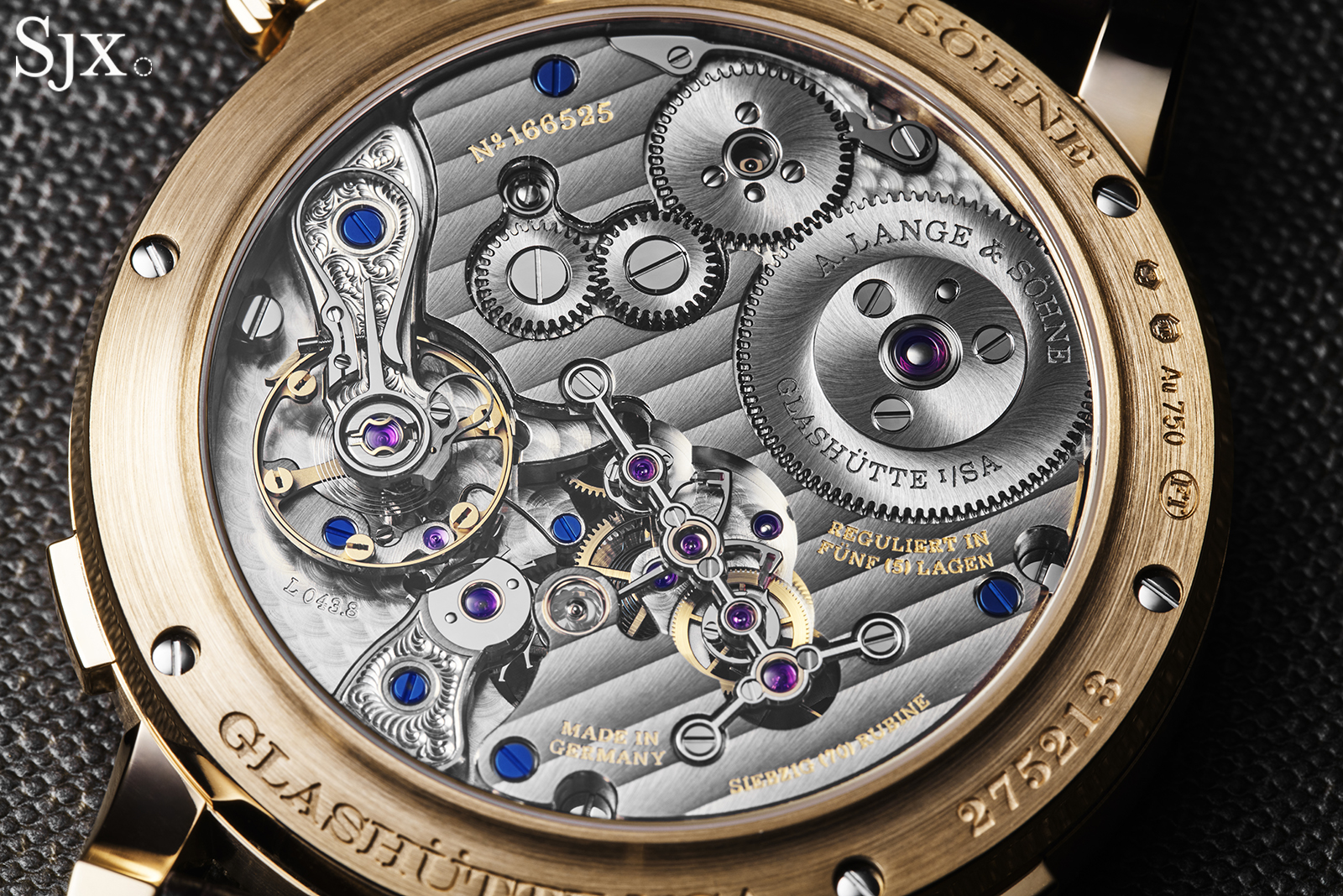
At the centre of the bridge is the jewelled pallet lever that locks and releases the mechanism once a minute. And below the pallet lever is a tiny coiled spring that stores and releases the energy of the remontoir.
On one side of the pallet lever is an air brake, similar to that found in chiming clocks. This mediates the sudden discharge of energy, which might otherwise damage the mechanism.
The constant force mechanism sits within an aperture in the three-quarter plate. Perhaps controversially, Lange forwent the polished chamfers on the edge of the aperture in the second-generation movement. I appreciate the cleaner aesthetics, but can understand why some don’t.
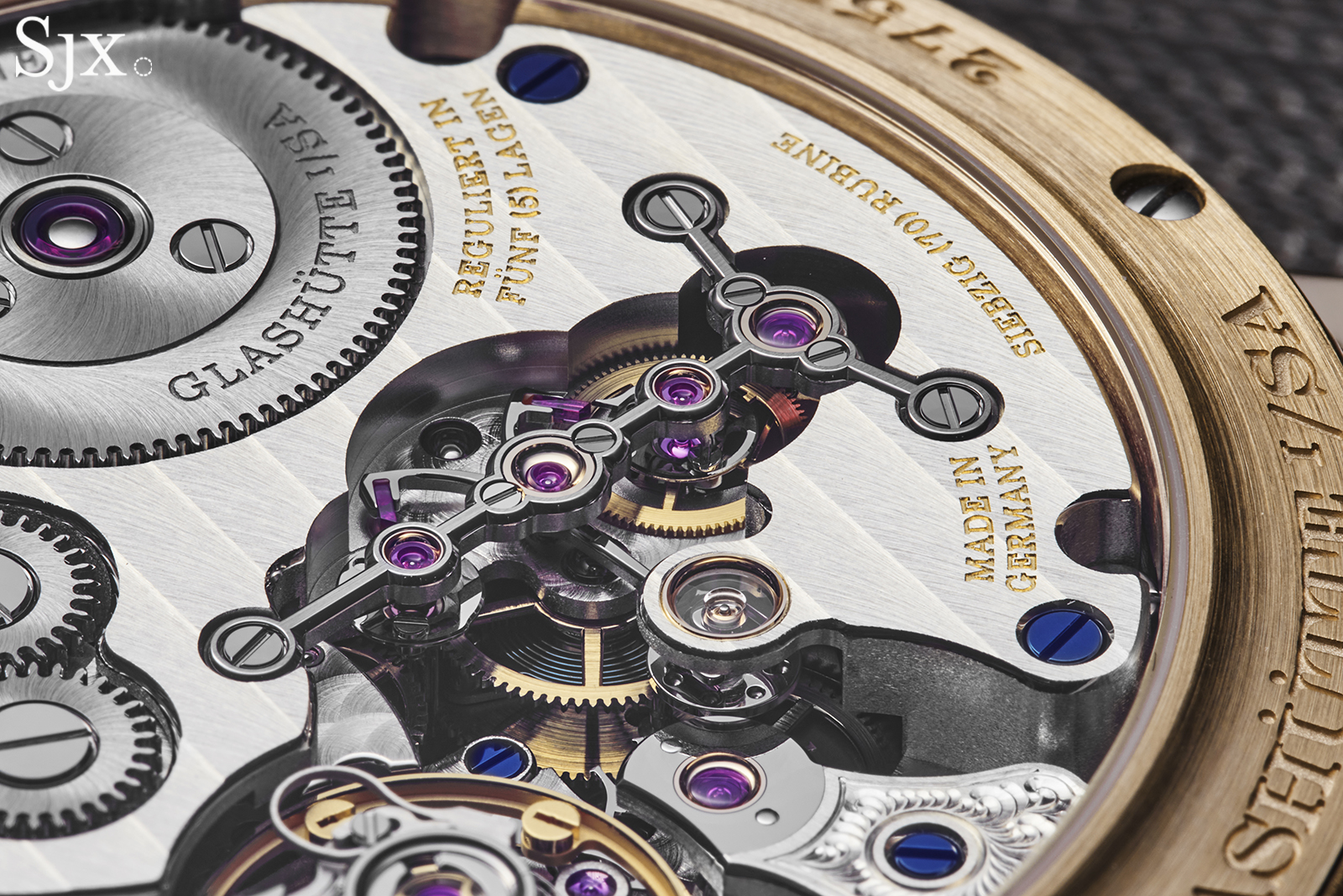
Another eye catching detail in the movement is the oversized, clear sapphire jewel for the fourth wheel. It reminds me of the decorative “Liverpool Window” jewels briefly popular in English watches, but here it’s employed for the watchmaker’s benefit during assembly, specifically for adjusting the constant force device.
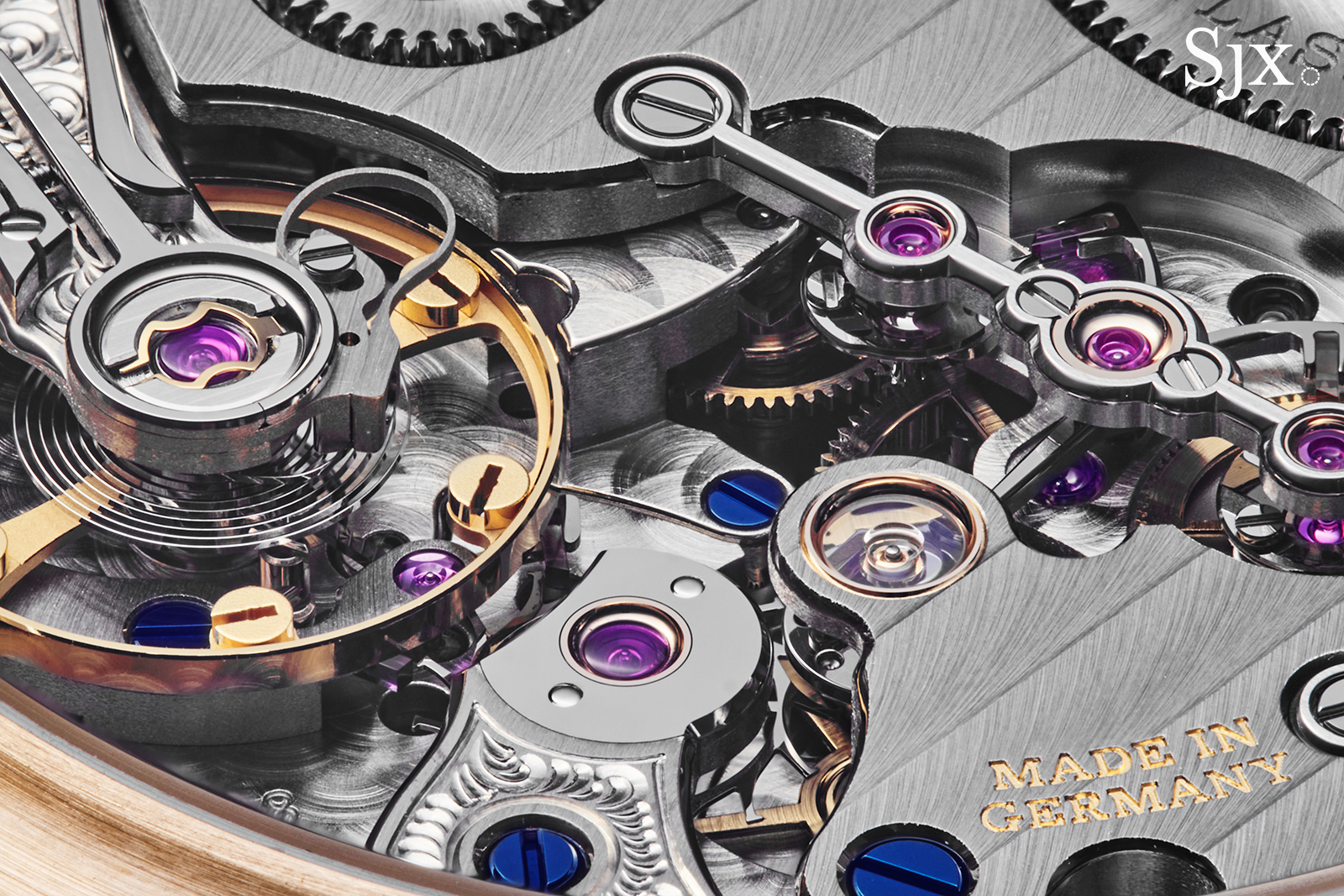
As one of the second-generation of Zeitwerk movements, the L043.8 has an extended 72-hour power reserve (up from a short 36 in the original) from two stacked barrels, both using mainsprings of the same length as the original, but reduced width.
The revamp of the power supply did come at a cost. One is the removal of the nostalgic standing barrel and stop-works with a Maltese cross in the original, which added visual interest. Another is a noticeably smaller balance, but that’s a trade-off most would be happy to make.
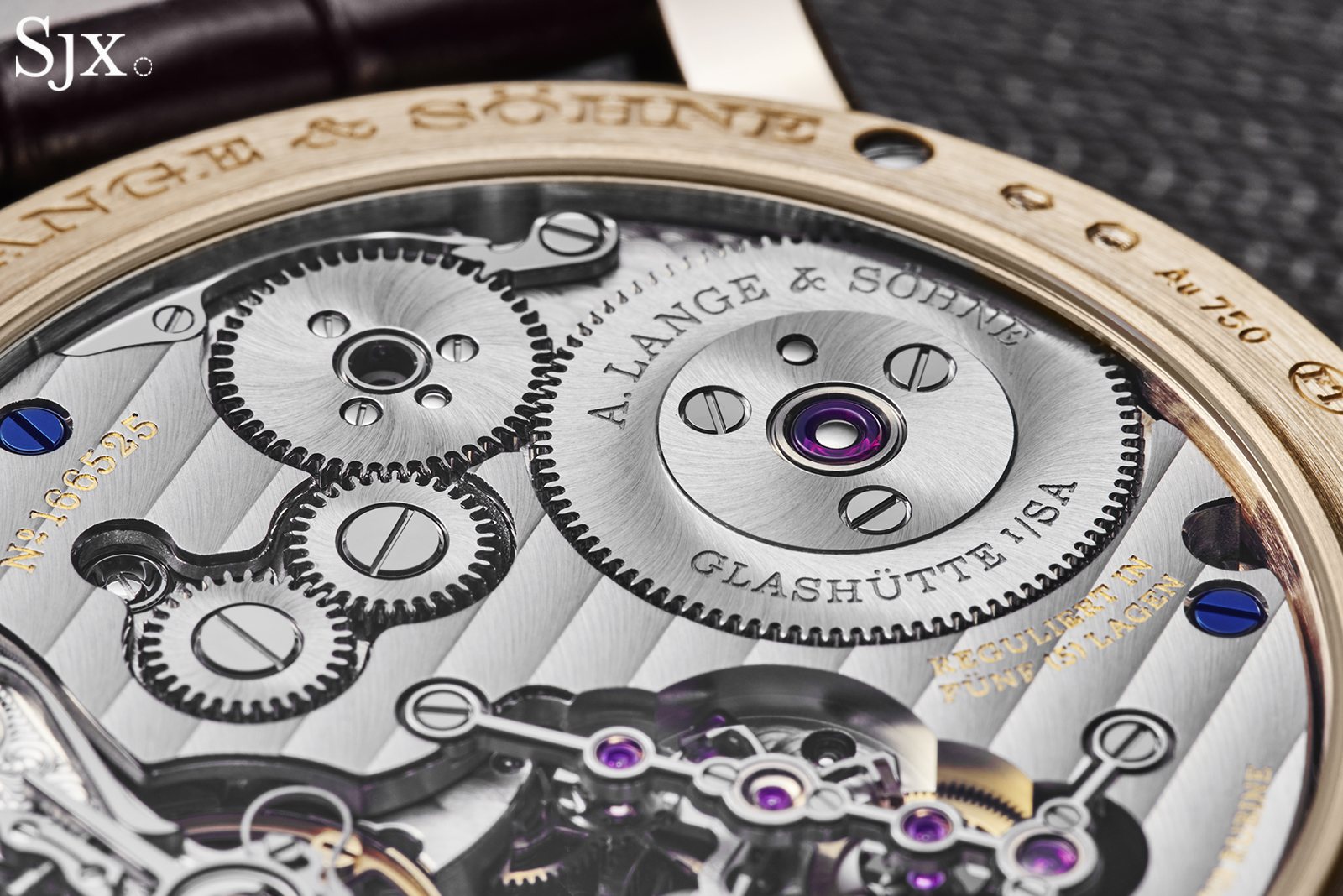
The barrel is now topped with a conventional ratchet wheel, forgoing the stopwork of the first generation
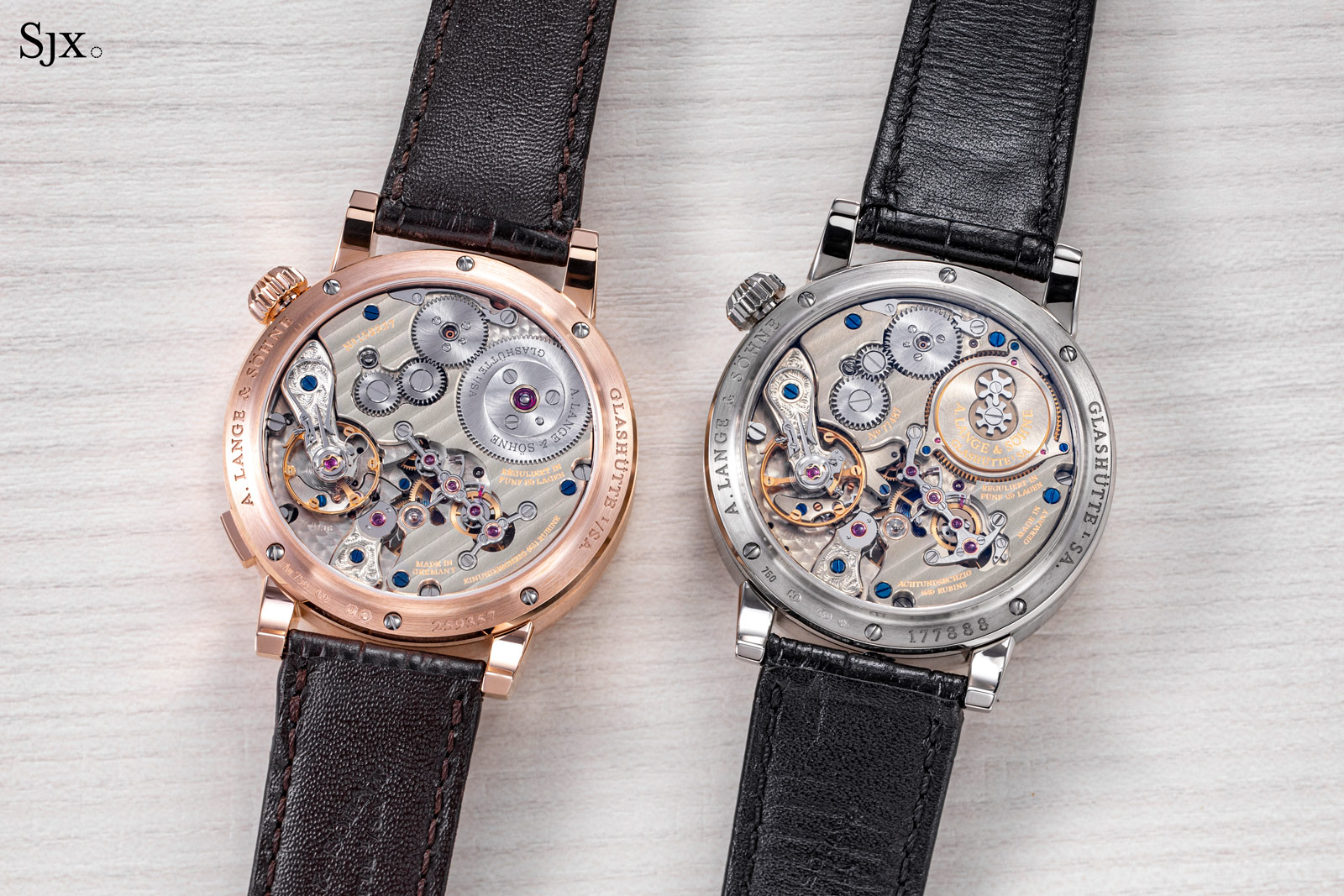
Comparing the first- (right) and second-generation movements
Still chunky
Surprisingly, the Zeitwerk Date is a mere 0.1 mm taller than the normal Zeitwerk and the 2.3 mm wider case makes it appear proportionally slimmer.
While large, its dimensions of 44.2 mm wide and 12.2 mm tall are quite reasonable – about a millimetre thinner than the Datograph – and case back doesn’t protrude as aggressively as that of the Datograph either.
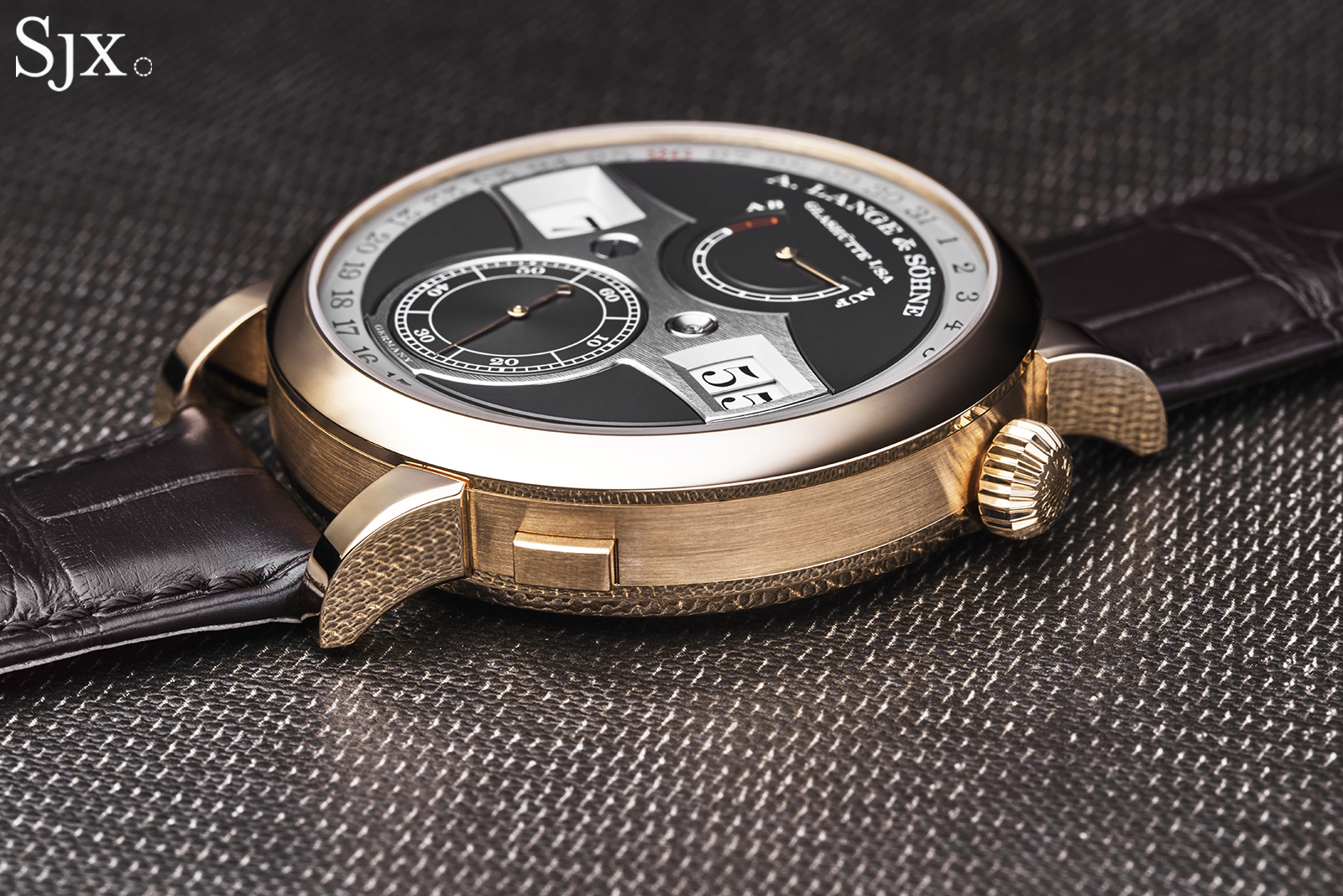
The pusher at (what would normally be) four o’clock is another second-generation feature allowing for independent hour adjustment that speeds up setting the time, making the Zeitwerk a decent travel watch despite it not having dual time zones.
The other pusher is exclusive to the Zeitwerk Date, and adjusts the calendar. The ingenious construction of the date-setting mechanism is part space-saving, part error-proofing.
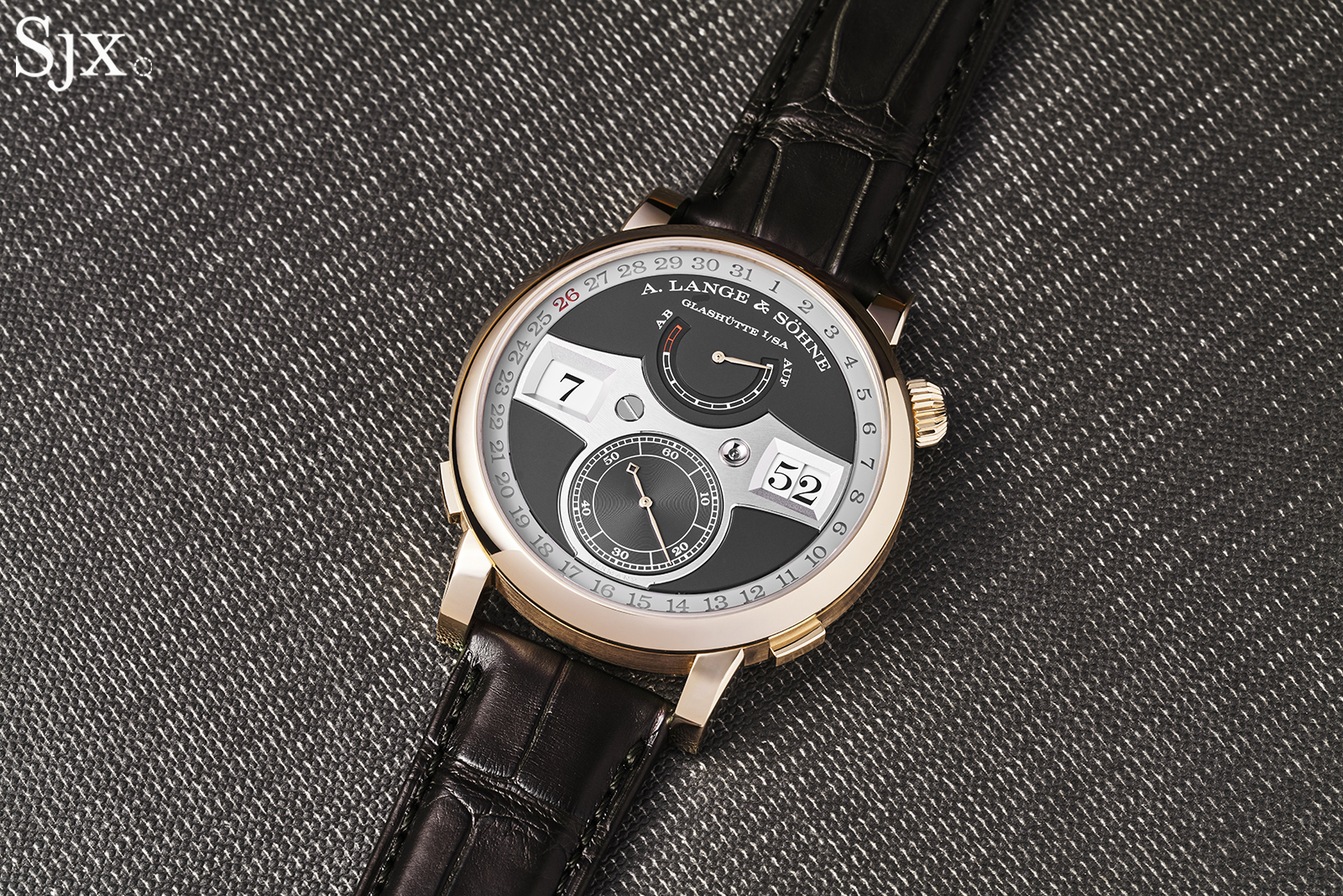
There is another clear jewel on the watch, sitting on the dial next to the minute display. This one is functional, but its colour is purely for aesthetics as a traditional red ruby would disrupt the dial aesthetics. Oddly the stone sits in a white metal chaton instead of pink gold to match the case, whereas on the date-less Zeitwerk the chaton is matched to the case metal.
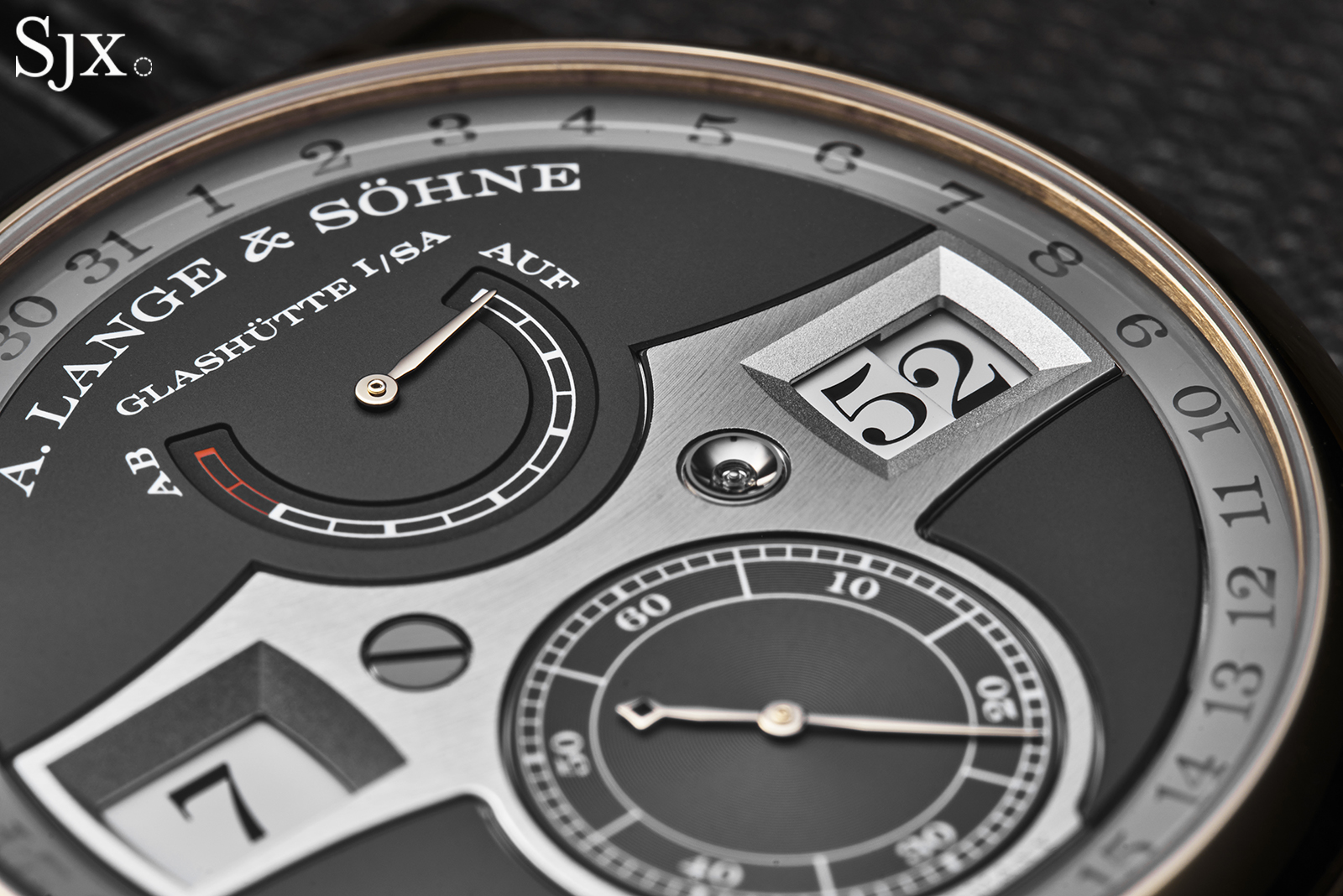
Key facts and price
A. Lange & Söhne Zeitwerk Date Pink Gold
Ref. 148.033
Diameter: 44.2 mm
Height: 12.3 mm
Crystal: Sapphire
Material: Pink gold
Water resistance: 30 m
Movement: L043.8
Features: Digital hours and minutes, power reserve indicator, and date
Winding: Hand-wound
Frequency: 18,000 beats per hour (2.5 Hz)
Power reserve: 72 hours
Strap: Alligator with pin buckle
Limited edition: No
Availability: Only at A. Lange & Söhne boutiques
Price: In the region of US$130,000
For more, visit Alange-soehne.com.
Back to top.

